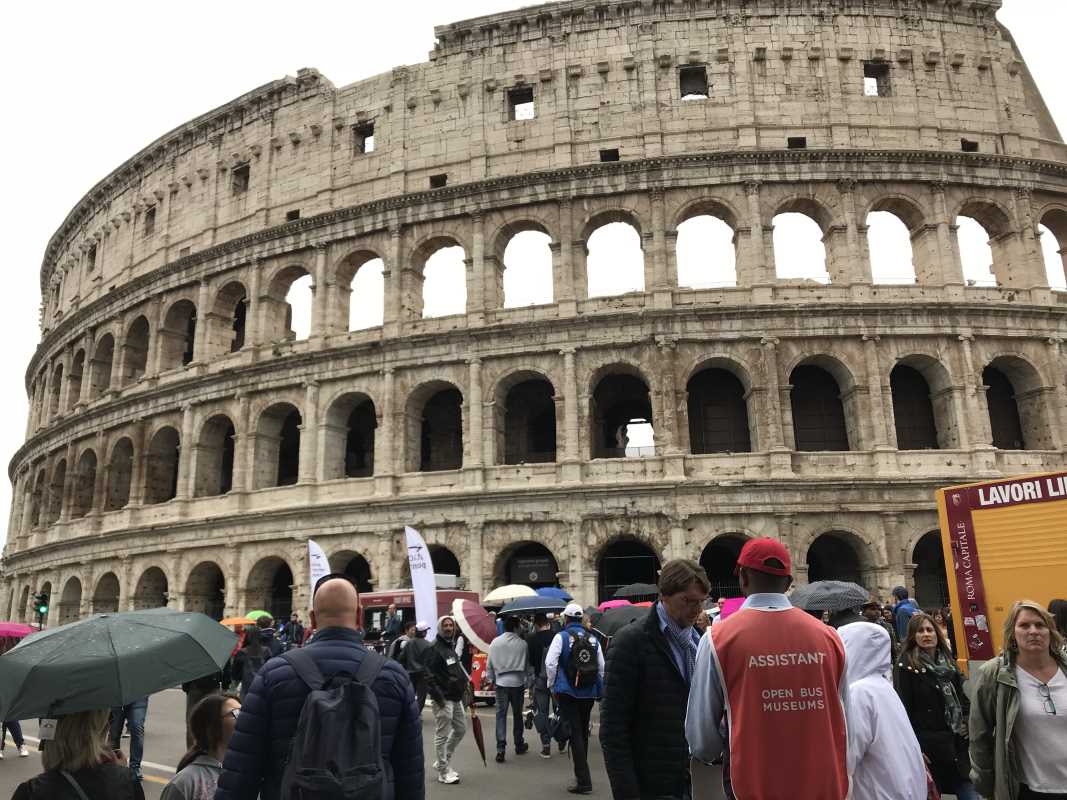Have you ever wondered about the environmental cost of your travels? For those of us who love exploring new corners of the globe, it's a valid question. The good news is that understanding and reducing our travel-related carbon footprint is becoming easier than ever, thanks to innovative tools like carbon-footprint scoring and real-time offsets. Let's dive into what these concepts mean and how they can help you travel more sustainably.
What Exactly Is a Carbon Footprint?
Before we get into scoring and offsetting, let's start with the basics. A carbon footprint is the total amount of greenhouse gases—primarily carbon dioxide (CO2)—released into the atmosphere as a result of a person's, organization's, or product's activities. When you travel, almost every choice you make contributes to this footprint.
Think about it:
- Transportation: Flying is a major contributor. A single long-haul flight can produce more CO2 than the average person in some countries generates in an entire year. Driving a gas-powered car, taking a cruise, or even riding a train also adds to your footprint, though in varying amounts.
- Accommodation: The hotel or rental you stay in uses energy for heating, cooling, lighting, and laundry. Luxury resorts with multiple pools and sprawling grounds will generally have a higher footprint than a simple guesthouse.
- Activities: That helicopter tour, the food you eat (especially red meat), and the souvenirs you buy all have a carbon cost associated with their production and delivery.
Summing up all these activities gives you the carbon footprint of your trip. It’s your personal environmental impact statement for that journey.
From Vague Idea to Hard Numbers: Carbon-Footprint Scoring
For a long time, the idea of a travel carbon footprint was abstract. We knew flying was "bad" and taking the train was "better," but we didn't have specific numbers to work with. This is where carbon-footprint scoring comes in.
Carbon-footprint scoring is the process of calculating the specific amount of greenhouse gas emissions generated by your trip. Instead of a general feeling of impact, you get a concrete number, usually measured in kilograms or tons of CO2 equivalent (CO2e).
How does it work?
Modern carbon calculators are surprisingly sophisticated. They use complex data sets and algorithms to estimate your emissions. When you plan a trip, these tools will ask for details like:
- Flight Information: Your departure and arrival airports, the class you're flying (economy, business, first), and whether the flight is direct or has layovers. First-class seats take up more space, so they are assigned a larger share of the plane's emissions than economy seats.
- Ground Transportation: The type of car you'll drive (gas, hybrid, electric), its fuel efficiency, and the distance you plan to cover. It will also factor in train or bus travel.
- Hotel Stays: The number of nights and the type of accommodation. Some advanced tools can even use data on a specific hotel's energy efficiency.
- Activities and Food: Some calculators allow you to add estimates for your daily activities and food choices, giving you a more complete picture.
By inputting these details, you receive a "score" for your trip. Seeing that your two-week vacation to Southeast Asia will generate 2.5 tons of CO2 can be a powerful motivator. It transforms an abstract concept into a measurable metric, empowering you to make more informed decisions. For example, you might see that a direct flight significantly lowers your score compared to one with two layovers, or that choosing a train over a short-haul flight makes a massive difference.
Taking Action in the Moment: Real-Time Travel Offsets
Okay, so you've scored your trip and you know its carbon footprint. What now? You can't always avoid flying, and sometimes driving is the only practical option. This is where carbon offsetting enters the picture.
Carbon offsetting is a way to compensate for the emissions you produce by funding projects that reduce or remove greenhouse gases from the atmosphere elsewhere. Think of it like balancing a scale. On one side, you have the emissions from your flight. On the other, you invest in a project that prevents an equal amount of emissions from being created or pulls that amount from the air.
What are these projects?
Offsetting projects come in many forms, and reputable programs focus on initiatives that would not have happened otherwise. Common examples include:
- Reforestation and Afforestation: Planting trees is a classic example. Trees absorb CO2 from the atmosphere as they grow, storing it in their trunks, branches, and roots.
- Renewable Energy: Investing in wind, solar, or hydro-power projects in developing countries helps replace fossil fuel-based energy grids. This prevents future emissions.
- Methane Capture: Methane is a potent greenhouse gas. Projects at landfills or farms can capture this gas and convert it into energy, preventing it from entering the atmosphere.
- Community Projects: Distributing clean-burning cookstoves in rural communities reduces the need for wood or charcoal fires, which cuts down on both CO2 emissions and local air pollution.
The "Real-Time" Revolution
Traditionally, you might offset a trip after you've taken it, or perhaps you'd buy a general offset at the end of the year. The process is becoming much more integrated and immediate. "Real-time" offsetting means you can calculate and pay for your offsets at the same time you book your travel.
Many airlines and travel booking websites now offer an option to "offset this flight" at checkout. They show you the calculated footprint and the cost to offset it, usually just a few extra dollars. This seamless integration makes it incredibly easy to take responsibility for your travel emissions right at the point of purchase.
This moves offsetting from an afterthought to a core part of the travel planning process. It’s convenient, transparent, and allows you to make your trip carbon-neutral (or at least closer to it) before you even pack your bags.
Making Smart Choices: Tips for the Conscious Traveler
While scoring and offsetting are powerful tools, they are part of a larger strategy for sustainable travel. The most effective way to reduce your impact is to lower your emissions in the first place. Offsetting should be seen as a way to handle the unavoidable emissions, not as a free pass to travel without consideration.
Here are some ways to combine footprint reduction with smart offsetting:
- Choose Your Destination Wisely: Consider destinations closer to home to reduce flight distances. Exploring your own country or region can be just as rewarding.
- Travel Slower: Instead of several short trips throughout the year, consider one longer, more immersive trip. This reduces your total flight emissions annually.
- Embrace Ground Transportation: For shorter distances, trains are almost always the greenest option. They offer a chance to see the countryside and are often more relaxing than airports.
- Pack Light: The heavier the plane, the more fuel it burns. Every kilogram counts, so pack only what you need.
- Book Eco-Conscious Accommodation: Look for hotels and lodges with green certifications. These establishments are committed to reducing their energy and water use.
- Use Reputable Offset Providers: When you do offset, do your research. Look for providers certified by standards like the Gold Standard or Verra. These certifications ensure the projects are real, effective, and beneficial to local communities.
Traveling and caring for the planet don't have to be mutually exclusive. By using carbon-footprint scoring to understand your impact and real-time offsets to compensate for it, you can continue to explore the world with a clearer conscience. These tools give us the power to be more responsible travelers, turning our passion for discovery into a force for positive change.







